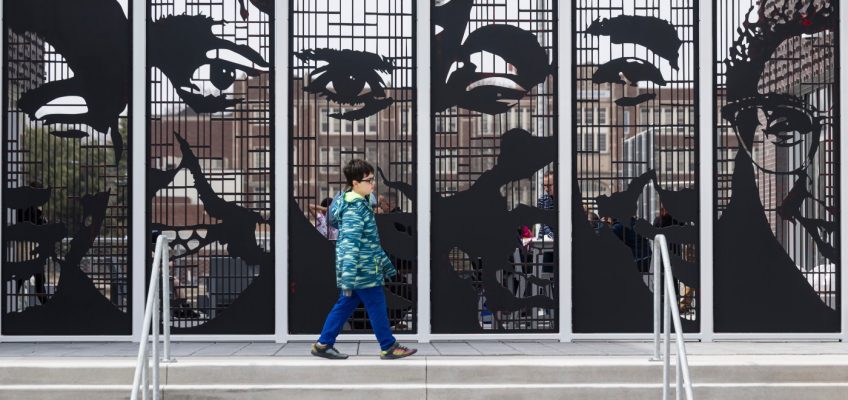The city of Saint Paul is spending money from lower-income neighborhoods on things like splash pads for recreation centers, while what matters most to many families is covering the basics — paying rent and buying groceries.
Families look at their budgets at the kitchen table asking: Where can we cut back to cover the basics? City Hall needs to take the same approach.
One area where St. Paul should cut spending is in our parks and recreation budget.
This isn’t about caring less. It’s about making sure we’re solving the problems people are actually facing — and being honest about whether our spending is helping the people who need it most.
Since 2018, the city’s budget has grown from $625 million to a proposed $887 million for 2026 — a 42% increase, while inflation rose about 29% — a steep jump that outpaces the cost of living.
The parks and recreation department’s annual budget is now up to $88 million — a 44% increase since 2018. On top of that, voters approved a $246 million sales tax for park and other projects over the next 20 years — a regressive tax that hits lower-income families hardest.
City Hall calls this an investment — but an investment needs a return.
Where are the transformational results?
With this level of spending, the return should be progress on our biggest challenges. Yet one in four St. Paul kids still don’t graduate high school, and nearly 20% of the city still lives in poverty. City Hall is busy building around poverty instead of building a way out of it.
That’s the opportunity cost.
Meanwhile, with commercial revenue down and barely any population growth, more of the city’s property tax burden is landing on homeowners — especially in lower-income neighborhoods where home values are rising the fastest.
When we look at the needs of the neighborhoods giving the most they have to give, all this spending feels deeply unfair.
On the East Side, families have been clear about what they need — and it’s not more recreation centers.
The Saint Paul & Minnesota Foundation’s East Metro Pulse survey, which regularly polls thousands of local residents, shows just how thin the margin is: Nearly eight in ten worry about affording food, half say housing costs are tough, child care strains seven in 10 families, and most renters doubt they’ll ever be able to retire.
We have good parks and rec facilities. With all the funding, broken doors have been fixed, grass has been planted, kids are playing sports. Over 96% of residents rate our parks and outdoor spaces favorably.
But here’s the tension: Families are struggling to cover the basics — while the city’s outsized parks and recreation spending drives up rent and grocery costs.
So, we should cut 7.5% — about $6.6 million — from the parks and recreation budget.
Related Articles
Photos: 2025 Twin Cities Medtronic Marathon winners and runners
Literary calendar for week of Oct. 5
As some big names sit out St. Paul mayor’s race, others ponder city’s challenges
‘A lot of challenges’: St. Paul police chief, outreach workers tackle homelessness in the wee hours
Letters: Perhaps I was naive if I expected an esprit de corps speech from Secretary Hegseth
If we go back to the family at the kitchen table, they’re focused on the essentials. City Hall should be too.
Here are priorities we’re not funding. Let’s change that.
St. Paul faces a retirement boom that could cost the city 100 police officers in the next few years. Parking enforcement officers — who handle critical services and provide one of the best pipelines into the force — number only 10 citywide, 20 fewer than needed, while Parks and Recreation employs 634 full-time staff.
Struggling areas in St. Paul — like the CVS on Snelling and University, the old Sears site, and the downtown riverfront — have become monuments to inaction, reminders that city priorities need to shift to today’s realities.
Even in Parks and Recreation, with all the funding, the basics are falling behind. After losing tens of thousands of trees to the emerald ash borer, the city still loses thousands more each year, but despite a promise to replace them this work isn’t fully funded — leaving neighbors waiting at least five years for a tree.
Or — instead of more funding for rec centers and programs — City Hall could just give the money back to the people who really need it.
Dillon Donnelly lives with his family in St. Paul.


Leave a Reply